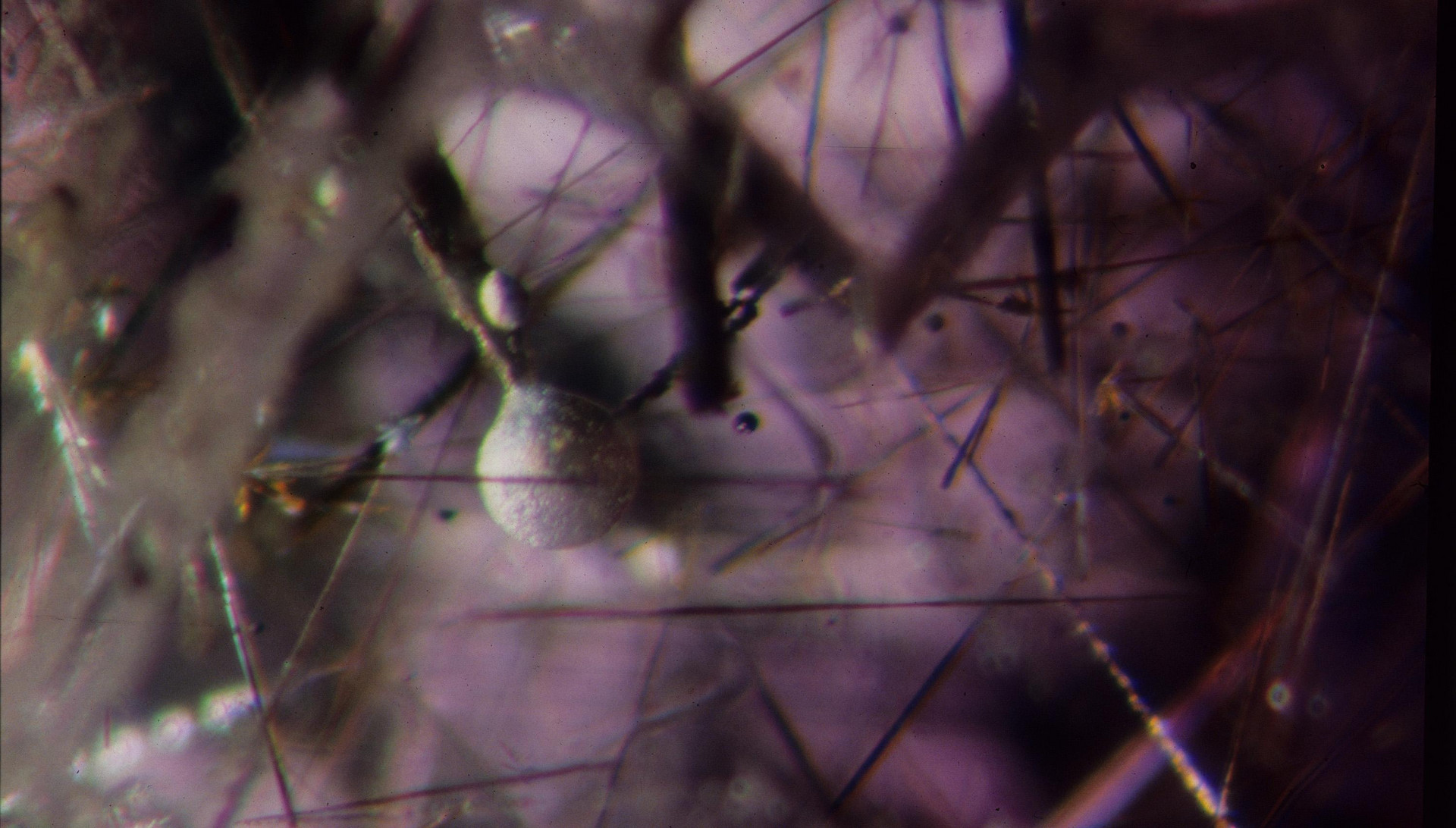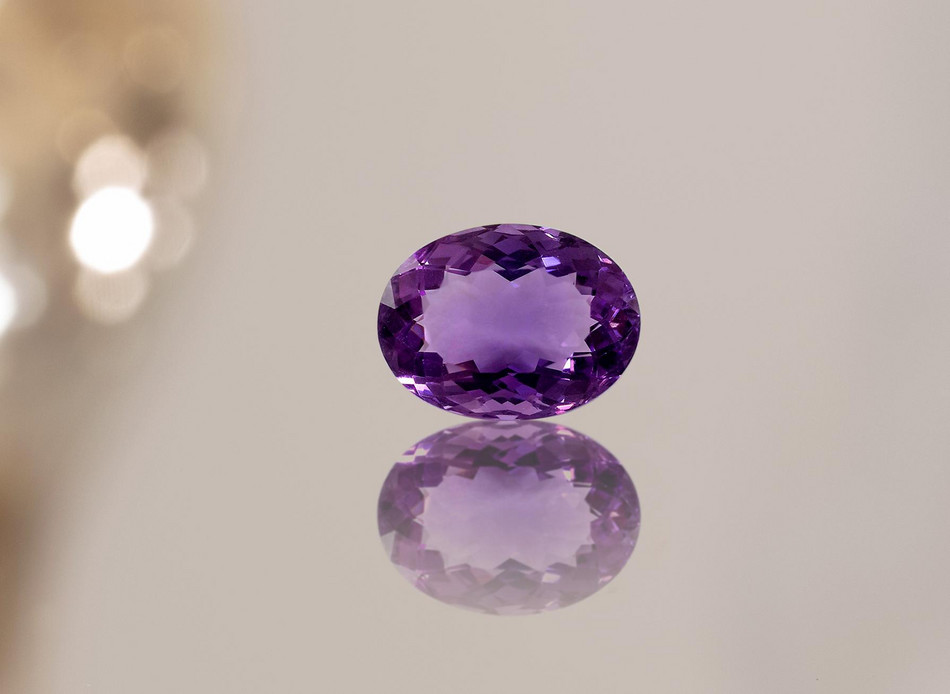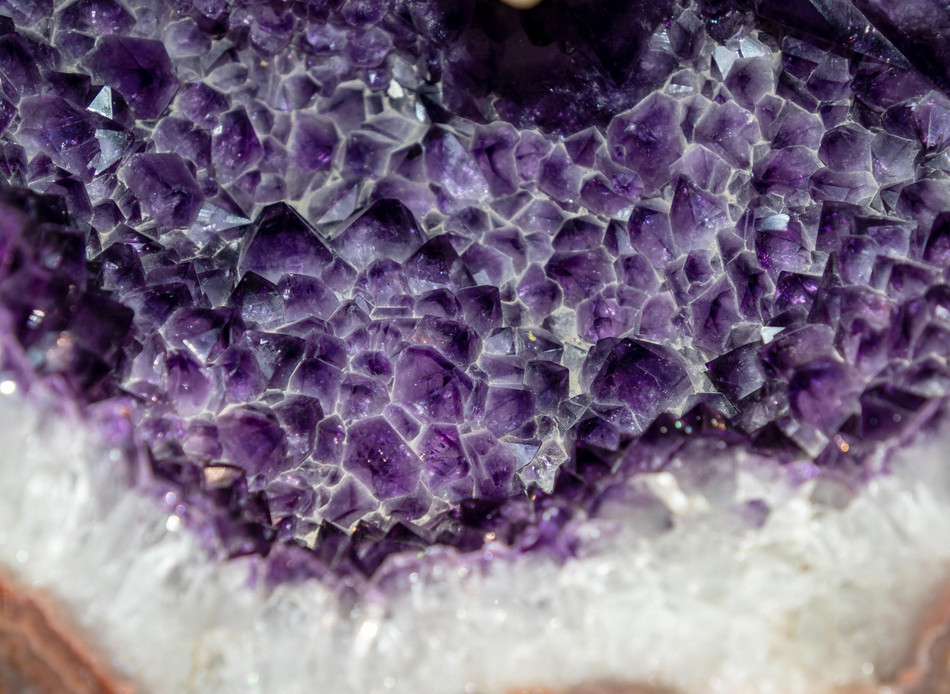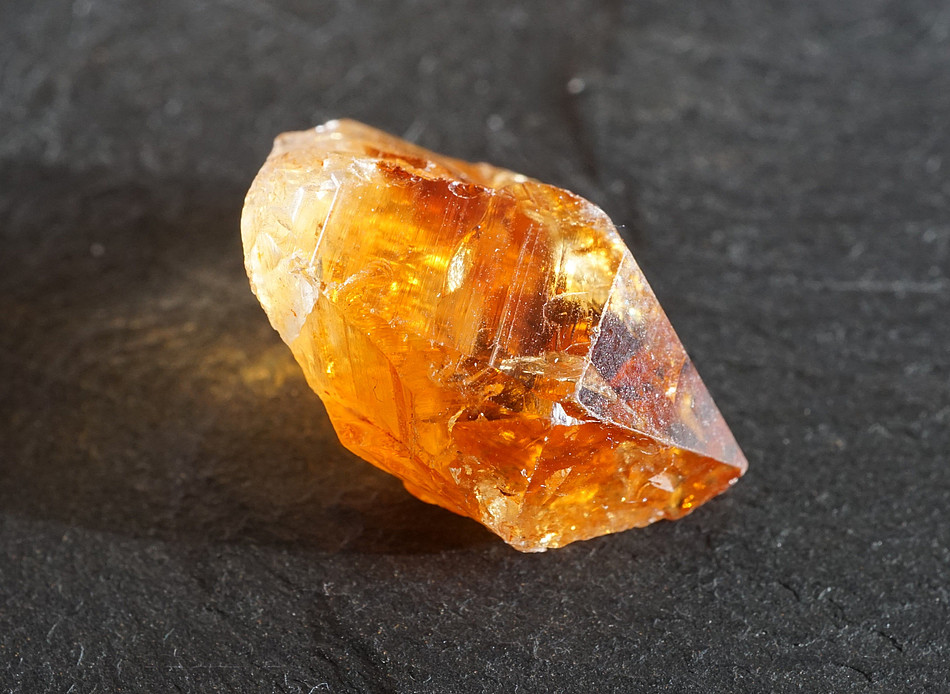The
Amethyst
The history of the amethyst, a purple and highly sought-after variety of the mineral quartz, can be traced back to the age of the ancient Greek. Its name literally translates to "not-intoxicated", which is a reference to the ancient Greek's believe that this beautiful stone would prevent drunkenness when worn or if beverages were consumed from vessels carved from it. Until the 18th century, the amethyst was very scarce and considered immensely valuable, making it as sought-after and expensive as rubies, sapphires, emeralds and diamonds. This beautiful stone was particularly appreciated by members of the Christian church for its rarity and connection to the values of sobriety and purity. Since the discovery of larger deposits in Brazil as well as other locations around the world, Amethysts became available to a larger number of gemstone lovers and jewellery enthusiasts.
Composition &
Colour
As a variety of quartz, the amethyst's generic chemical composition is SiO2, also called silicon dioxide or silica. Its purple colour is mostly owed to impurities of iron and other trace elements in the crystal structure. They occur in hues from a light violet colour to deep purple. Generally, stones with darker purple hues are more sought-after than lighter ones.
Main
Sources
Amethysts are mined in various locations around the globe. Chief among them is the Rio Grande do Sul region in Brazil where these fascinating gemstones are found inside large geodes within volcanic rock. Other known sources include the United States of America, Canada, Uruguay, Bolivia, Russia, Austria, Germany, India and Zambia. While Brazil is the largest supplier of amethysts in gem quality, Zambia today is well known for producing the gemstones with the highest saturation and therefore the ones of highest quality.
Amethyst
Treatment
Heat treatment for amethysts is generally used at low temperatures to lighten the colour of stones that are considered to be too dark. Amethysts that are heated to a higher degree however can under certain circumstances change their colour into different shades of yellow. Since the yellow variety of quartz, citrine, is much rarer than the amethyst, it must be assumed that the majority of so called citrine in the market today is actually heated amethyst.









